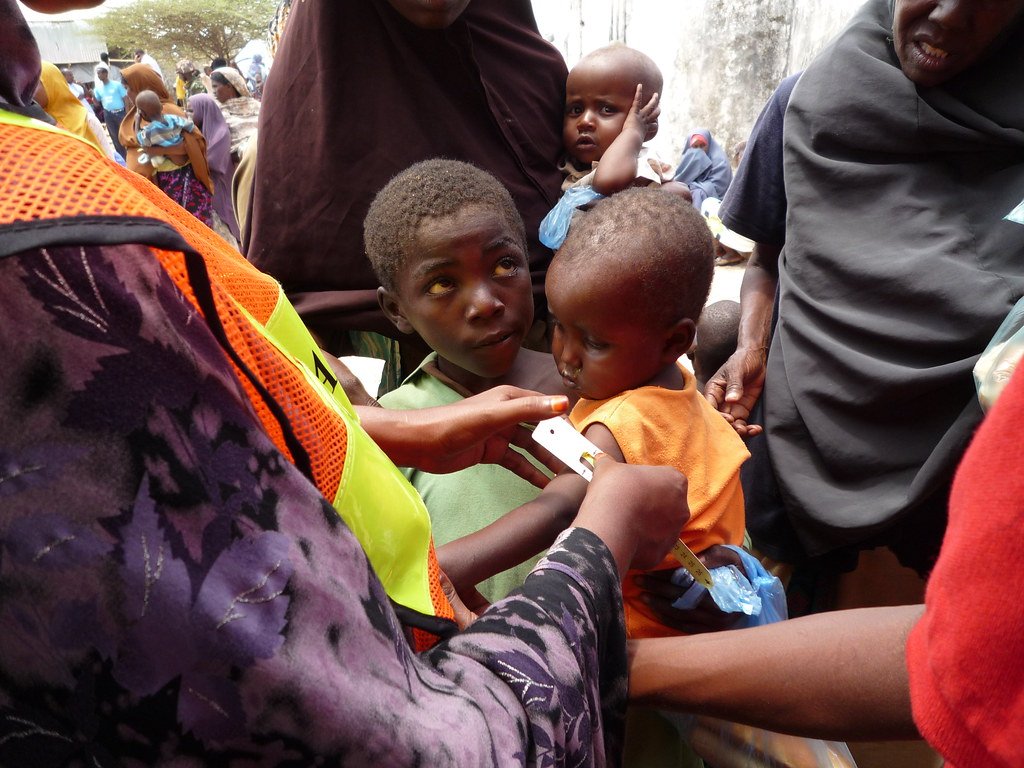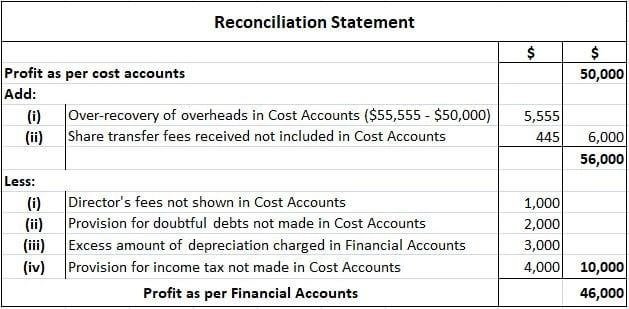Title: Revisiting Chile’s Pinochet Era: Reflecting on the Dictatorship (1973-1990)
Introduction:
Nearly three decades have passed since Chile transitioned from a dark and tumultuous chapter in its history known as the Pinochet era. From 1973 to 1990, Chileans lived under the authoritarian rule of General Augusto Pinochet after a violent coup toppled the democratically elected government of President Salvador Allende. This turbulent period in Chile’s history led to widespread political repression, human rights violations, and economic restructuring that fundamentally transformed the country.
In this article, we embark on a retrospective journey to reflect upon the Pinochet era, exploring its multifaceted impact on Chile’s socio-political landscape and the collective memory of its citizens. While time has passed, the scars left behind by the dictatorship run deep, manifesting themselves in ongoing debates about justice, reconciliation, accountability, and the role of the state.
Our aim is not only to reexamine the historical events that unfolded during this tumultuous period but also to delve into the complex emotions and rich narratives that have emerged over the years. By revisiting Chile’s Pinochet era, we hope to shed light on the profoundly contrasting experiences that shaped the lives of Chileans, from those who resisted the dictatorship to those who supported or remained passive in the face of oppression.
Through extensive research, interviews with survivors, experts, and scholars, we seek to provide a comprehensive and unbiased analysis of the Pinochet era, allowing readers to gain a deeper understanding of the dictatorship’s enduring consequences and its implications for Chile’s present and future.
Furthermore, we will examine the notable milestones that have shaped Chile’s ongoing reconciliation process, such as the Truth and Reconciliation Commission, the controversial Pinochet Arrest and Extradition case, and the work of organizations dedicated to preserving the memory of victims and promoting human rights.
Join us as we embark on an exploration of a pivotal period in Chile’s history, one that continues to reverberate through society today. By confronting the shadows of the past, we hope to contribute to a broader conversation surrounding Chile’s collective memory, reconciliation, and the pursuit of justice in a nation grappling with its traumatic past.
Table of Contents
- 1. Assessing the Legacy: Unearthing the Economic Transformation and Human Rights Abuses under Pinochet’s Regime
- 2. Beyond the Statistics: Examining the Socioeconomic Impact and Long-term Consequences of Pinochet’s Rule
- 3. Towards Reconciliation: Understanding the Truth and Reconciliation Commission and Proposing Continued Efforts for Healing
- 4. Preserving Memory: Urging for Comprehensive Education and Memorials to Preserve Chile’s Historical Identity
- Q&A
- The Way Forward

1. Assessing the Legacy: Unearthing the Economic Transformation and Human Rights Abuses under Pinochet’s Regime
Retrospective Historical Content
Unearthing the dark chapter of Chile’s history, Pinochet’s regime left an indelible mark on the nation’s economy and human rights record. The legacy of this era is a complex tapestry of economic transformation and widespread abuses, calling for a comprehensive assessment of its profound impact.
The economic transformation under Pinochet’s rule cannot be denied, as his regime implemented a series of neoliberal policies that dramatically reshaped Chile’s economy. With the guidance of the Chicago Boys, Pinochet embraced a free-market ideology, privatizing state-owned enterprises, eliminating trade barriers, and encouraging foreign investment. While these measures led to impressive economic growth, with GDP soaring at an average rate of 7% per year, the benefits were highly skewed towards the wealthy elite, exacerbating social inequality. A stark contrast emerged between a booming business class and the disenfranchised working class, who faced stagnant wages and deteriorating social services.
- The establishment of the notorious National Intelligence Directorate (DINA), Pinochet’s intelligence agency, marked the beginning of a reign of terror. Dissenters and perceived threats to the regime became targets of systematic repression, including unlawful arrests, political imprisonment, and torture.
- The infamous “Caravan of Death” left a haunting imprint on Chilean history. Led by General Sergio Arellano Stark, this military death squad traversed the country in 1973, carrying out extrajudicial executions of political opponents. Villages were left in fear, as bodies were dumped unceremoniously in mass graves, mutilated as a cruel warning to all who dared question the regime.
- The clandestine network of torture centers, such as the infamous Villa Grimaldi and Colonia Dignidad, operated under a shroud of secrecy. Stories of unspeakable torture and disappearances emerged, bearing witness to the unimaginable suffering inflicted upon innocent civilians.
Decades later, the scars left by Pinochet’s dictatorship continue to haunt Chilean society. While efforts have been made to reconcile the past and bring human rights violators to justice, the wounds of economic inequality and trauma run deep. It is essential to delve into this difficult chapter of history, striving for a comprehensive understanding of the lasting impact on Chilean society and the ongoing pursuit of justice for its victims.

2. Beyond the Statistics: Examining the Socioeconomic Impact and Long-term Consequences of Pinochet’s Rule
Retrospective Historical Content:
In the late 20th century, Chile was thrust into a tumultuous and dark chapter of its history under the authoritarian rule of Augusto Pinochet. Beyond the cold recitation of statistics, it is essential to delve into the profound socioeconomic impact and long-term consequences that still haunt the nation to this day. The 17-year military regime, which lasted from 1973 to 1990, not only devastated the political landscape but also ravaged the economy and left an indelible mark on the lives of countless Chileans.
Under Pinochet’s ruthless grip, Chile experienced a series of unimaginable atrocities that scarred the nation’s psyche. The coup d’état that overthrew democratically elected President Salvador Allende in September 1973 plunged Chile into a state of chaos. Pinochet’s brutality was etched into the memory of Chileans through the widespread human rights abuses, including torture, disappearances, and political assassinations. The infamous National Stadium in Santiago, once a symbol of national unity through its vibrant sporting events, became a horrifying detention center where countless victims were subjected to unimaginable horrors.
- Implementation of neoliberal economic policies:
- Economic devastation and the legacy of debt:
The Pinochet regime enacted sweeping economic reforms, embracing a neoliberal ideology that drastically reshaped the socioeconomic structure of Chile. Through the guidance of a group of economists known as the “Chicago Boys,” the government implemented measures such as privatization, deregulation, and trade liberalization. While these policies were touted as a means to jumpstart economic growth and modernize the country, they disproportionately benefited the wealthy elite, exacerbating social inequalities.
The repressive rule of Pinochet had devastating economic consequences for the majority of Chileans. Despite achieving significant economic growth during the regime, poverty levels skyrocketed, as did unemployment rates. The massive privatization of state-owned enterprises led to the concentration of wealth in the hands of a few, while the working class and marginalized communities were left grappling with the consequences.
Decades after Pinochet relinquished power, Chile is still grappling with the ramifications of his rule. The scars of human rights abuses run deep, and the socioeconomic disparities created during this period persist. Understanding the scale of the socio-economic impact and long-term consequences is crucial in acknowledging the suffering of the Chilean people and working towards a more equitable future.

3. Towards Reconciliation: Understanding the Truth and Reconciliation Commission and Proposing Continued Efforts for Healing
Retrospective Historical Content: Towards Reconciliation
The Truth and Reconciliation Commission (TRC) stands as a pivotal moment in our nation’s history, forever etching its significance in the struggle for justice and healing. As we delve into the events that led up to the establishment of the TRC, it becomes evident that the wounds of the past ran deep, inflicted upon the Indigenous peoples of our land for centuries.
It was the dark period of colonization when Indigenous communities faced egregious acts of cultural genocide, forced assimilation, and systemic abuse. This painful journey towards reconciliation began with the haunting revelation of residential schools, which forcibly separated Indigenous children from their families, severing them from their language, heritage, and identity. The unveiling of the atrocities committed within those walls shook the nation to its core, forcing society to confront a deeply rooted and profoundly damaging history.
- The TRC Formation: In 2007, after years of advocacy and pressure, the Canadian government established the Truth and Reconciliation Commission.
- The Power of Testimonies: Over the course of its seven-year existence, the TRC aimed to collect and preserve the testimonies of survivors, giving them a platform to share their experiences, foster understanding, and promote healing.
- A Nation’s Shame: By the time the TRC concluded in 2015, over 6,000 survivors had come forward, providing harrowing accounts of abuse, neglect, and cultural erasure.
The TRC’s final report, aptly titled “Honouring the Truth, Reconciling for the Future,” delivered a damning assessment of Canada’s historical treatment of Indigenous peoples and called for urgent action to right these grave wrongs. It demanded acknowledgment of the painful truths, a commitment to systemic change, and an enduring resolve to forge a path towards reconciliation.
While the TRC marked a monumental step in the healing process, it also brought to light the ongoing challenges that must be addressed in the pursuit of genuine reconciliation. It underscored the need for improved education, equitable access to healthcare and social services, land rights recognition, and the eradication of systemic racism. The journey towards healing remains arduous, but the groundwork laid by the TRC serves as a beacon of hope and a reminder of the resilience and strength within Indigenous communities.
- Education and Awareness: The TRC’s 94 Calls to Action emphasized the importance of education, urging reforms to include Indigenous history, culture, and treaties.
- Continued Efforts: The tireless work of Indigenous activists, community leaders, and organizations strives to address the ongoing challenges faced, amplifying the voices of survivors and reinforcing the importance of reconciliation at all levels of society.

4. Preserving Memory: Urging for Comprehensive Education and Memorials to Preserve Chile’s Historical Identity
In the tumultuous aftermath of Chile’s dark past, efforts to preserve the memory of its historical identity have emerged as a crucial step towards healing and reconciliation. One pivotal event that propelled this pressing need was the military coup on September 11, 1973, that toppled democratically elected President Salvador Allende. Led by General Augusto Pinochet, the coup plunged Chile into a 17-year-long dictatorship marred by systematic human rights abuses and suppression of political dissent.
As the nation grappled with the painful legacy of this period, comprehensive education has arisen as an indispensable tool for preserving Chile’s historical memory. By integrating the atrocities committed during the dictatorship into school curriculum, Chileans strive to ensure that future generations never forget the lessons of this tragic chapter. Through vivid firsthand accounts, students are exposed to the harsh realities experienced by their fellow citizens, fostering empathy and an unwavering commitment to democracy. Memorials, acting as sacred spaces of remembrance, further solidify this collective memory. These hallowed grounds pay tribute to the countless victims of state-sponsored violence and serve as a reminder of the indomitable spirit that endured even in the darkest hours. With each inscription and monument stand as testaments to the resilience and determination to fight for justice against all odds.
Through the preservation of memory lies hope. Chile’s historical identity, though scarred, remains unbroken. It is through comprehensive education and memorials that the nation embraces its past, shining a light on the atrocities that must never be repeated. As Chile moves forward, the voices of the victims echo into the future, reminding all that it is not just the preservation of a memory, but the preservation of humanity itself.
Concluding Remarks
In conclusion, retracing Chile’s tumultuous Pinochet era has offered us invaluable insights into a chapter of the country’s history that continues to shape its present. The memories of this dark period, filled with brutality and human rights violations, still haunt many Chileans today. Looking back, it becomes evident that the dictatorship’s legacy goes beyond the physical and mental scars left behind.
By revisiting this era, we have unearthed stories of resilience, courage, and the tireless fight for justice. We must acknowledge the efforts of countless individuals who dared to speak out, risking their lives to expose the truth and advocate for change. Their testimonies serve as a powerful reminder that the fight against tyranny requires unwavering determination and the strength to challenge oppressive regimes.
Additionally, the article has shed light on the profound impact the Pinochet regime had on Chilean society and its institutions. The economic model implemented during this period, while bringing some undeniable success, also exacerbated inequality and left an indelible mark on the country’s social fabric. Without delving into simplistic ideological debates, it is crucial to acknowledge the complex and multi-layered effects of these policies.
Revisiting and reflecting upon Chile’s Pinochet era is not merely an exercise in historical analysis; it is essential for the collective memory, and a step towards reconciliation. By understanding the past, Chile can move forward as a nation, recognizing the mistakes made and learning from them. It is through this process that healing and unity can begin to take root.
As we close this retrospective, it is imperative that we remember the victims and survivors of the dictatorship – those who lost loved ones, those who endured torture and trauma, and those who continue to seek justice. Their stories should not be forgotten, for they serve as a poignant reminder of the resilience and strength of the Chilean people.
Ultimately, by confronting this painful chapter of history, Chile can build a future firmly rooted in democracy, social justice, and respect for human rights. The lessons learned from the Pinochet era must guide the nation towards a path of inclusivity, transparency, and reconciliation, ensuring that the atrocities committed during those years never happen again.
As we turn the proverbial page on this retrospective, may Chile strive towards a more equitable and compassionate society, where the wounds of the past can finally heal, and the voices of the oppressed continue to be heard and valued.
